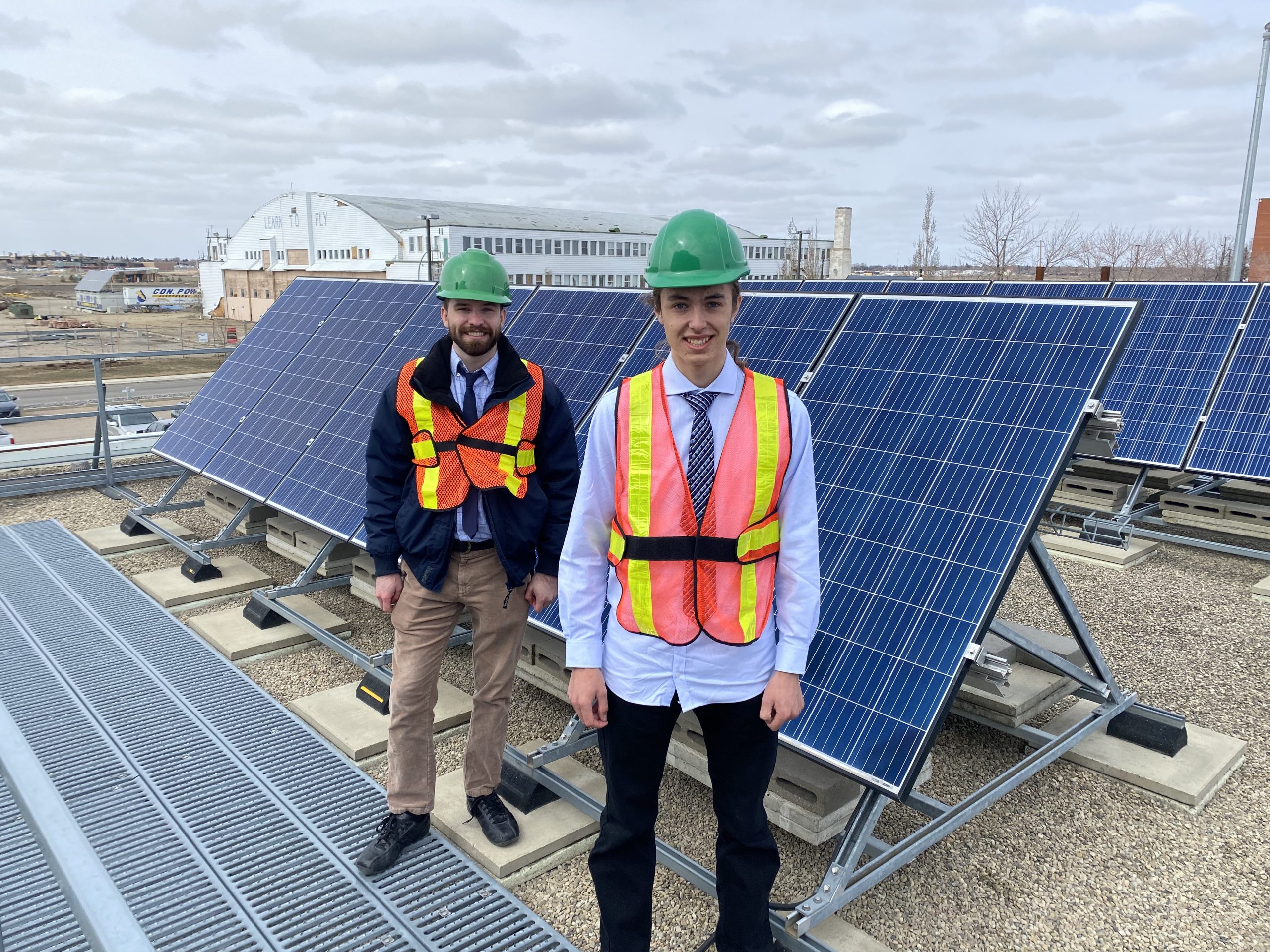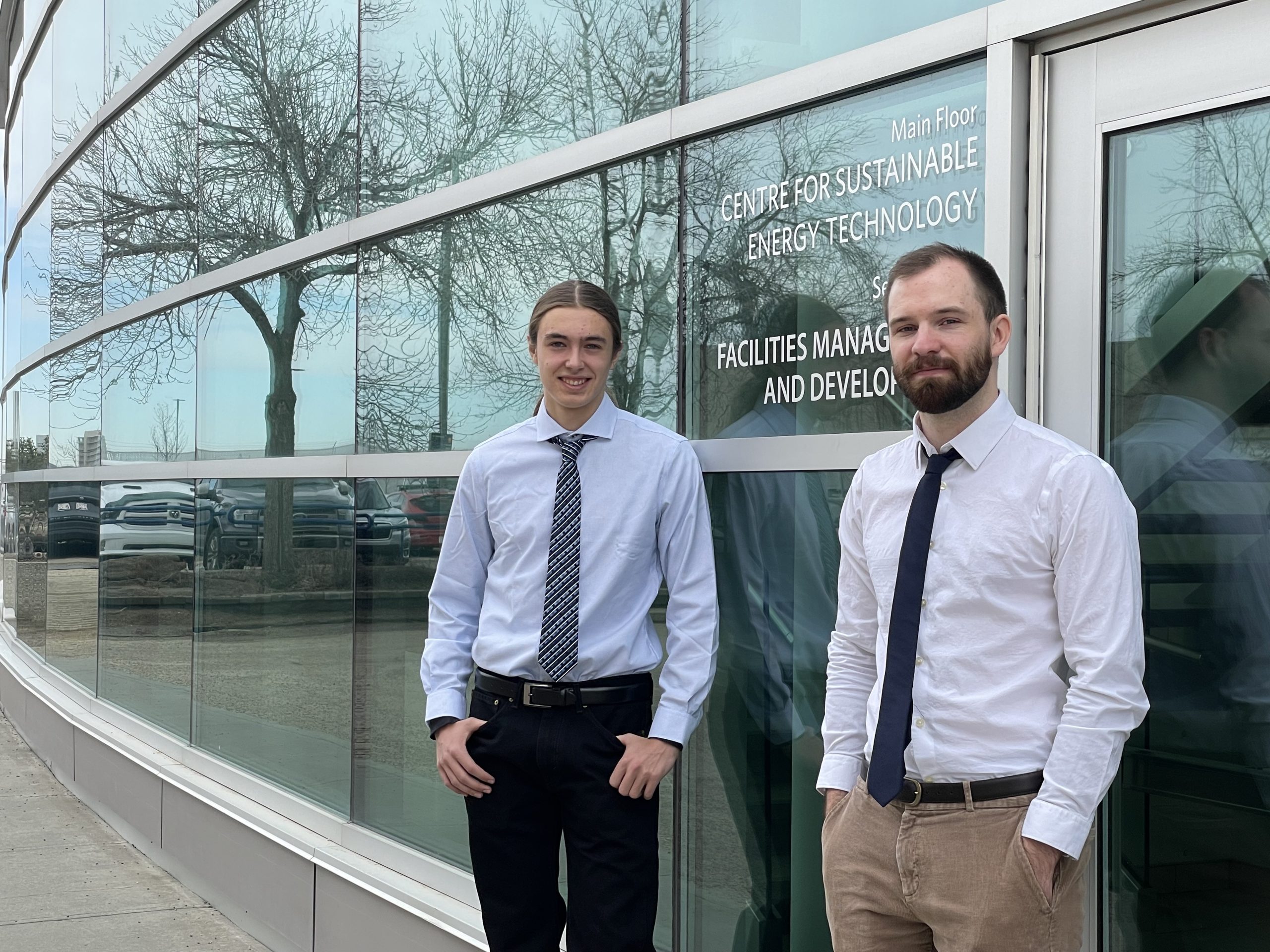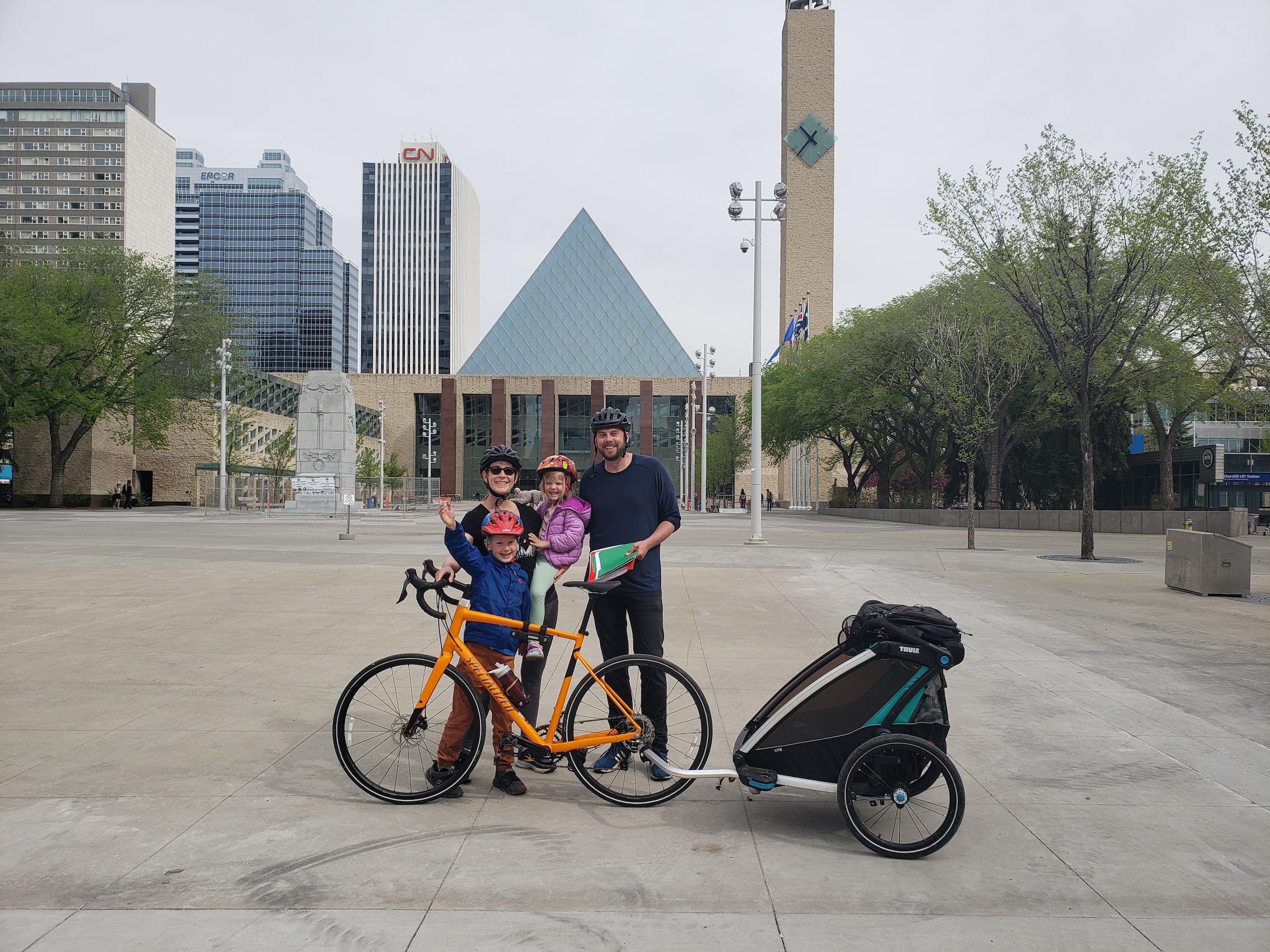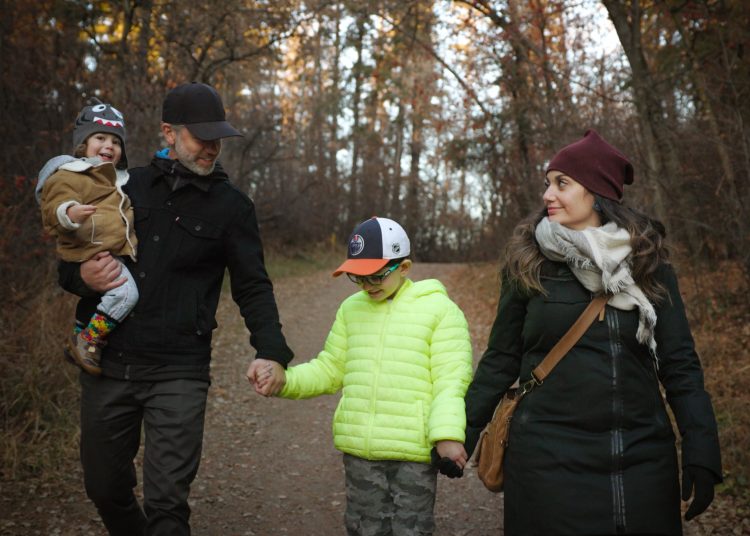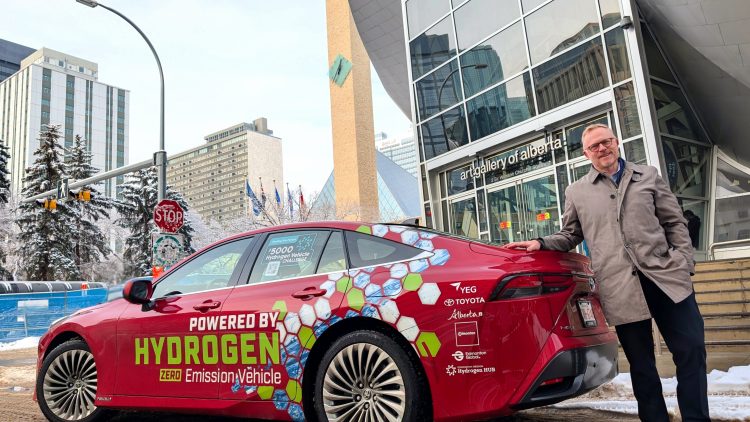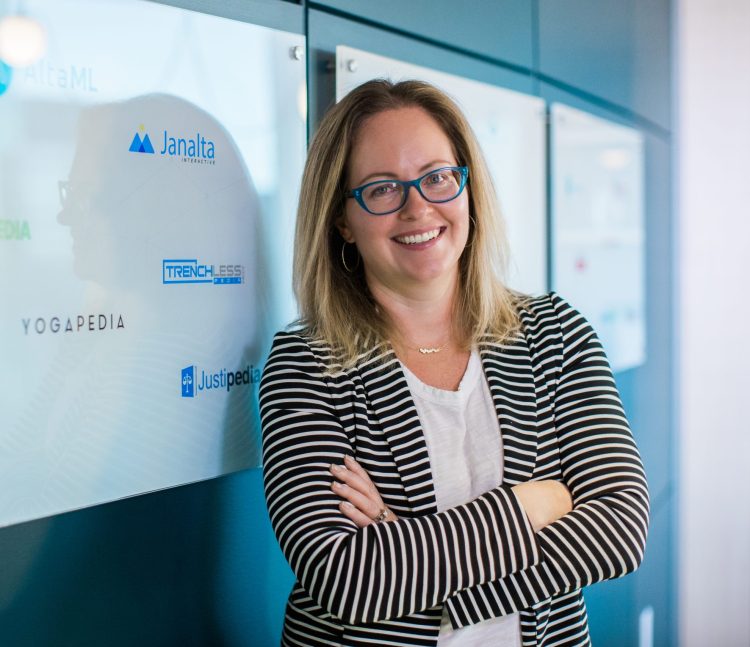His passion began in childhood. Collins lived in Fort McMurray, the heart of Alberta’s oil sands, from grade six to 12.
“I was always fixated by the environment,” he says.
“I did bake sales to save Amazon forest acres when I was a kid. I always loved the natural environment and thought it should be a pretty high priority.”
In Student Energy’s early days, Collins and his team produced educational videos on energy literacy, teaching the basics about everything from coal to hydrogen to nuclear power. Together, they’ve earned more than 11 million views on YouTube. Student Energy is now focused on building 10,000 clean-energy projects, including solar installations, around the world by 2030. The group is hoping to raise $150 million and train 50,000 youth workers as part of the initiative.
While Collins left Student Energy in 2022, his commitment to greener solutions remains steadfast. He’s the head of Remora Ventures, a venture fund that seeds companies devoted to climate-focused projects. He’s also the CEO of Varme Energy, a company that develops facilities that convert waste to energy.
“There’s not going to be one thing that kills the internal combustion engine vehicle,” says Collins. “It’s going to be a million little things.”

